Esrawe Studio designs conceptual retail space for Grupo Arca

Esrawe studio has designed a retail, exhibition, warehouse and workspace for Grupo Arca, a global platform for sourcing and disseminating natural and technological raw materials. The new building, located in Guadalajara, Mexico, was aesthetically inspired by the form of a quarry – described by the designers as a typology in itself, a manmade space sculpted through the search for raw materials, described by Edward Burtynsky as a ‘manufactured landscape’.
Grupo Arca wanted a building that expressed its desire to combine the construction industry with the cultural and creative expression of Mexico. They turned to Mexico City-based cross-disciplinary design atelier Esrawe. For them, blending traditionally siloed disciplines has become second nature – founded by designer Héctor Esrawe in 2003, the studio freely crosses from furniture and objects to interiors, commercial spaces, installations and cultural exhibitions and back again.
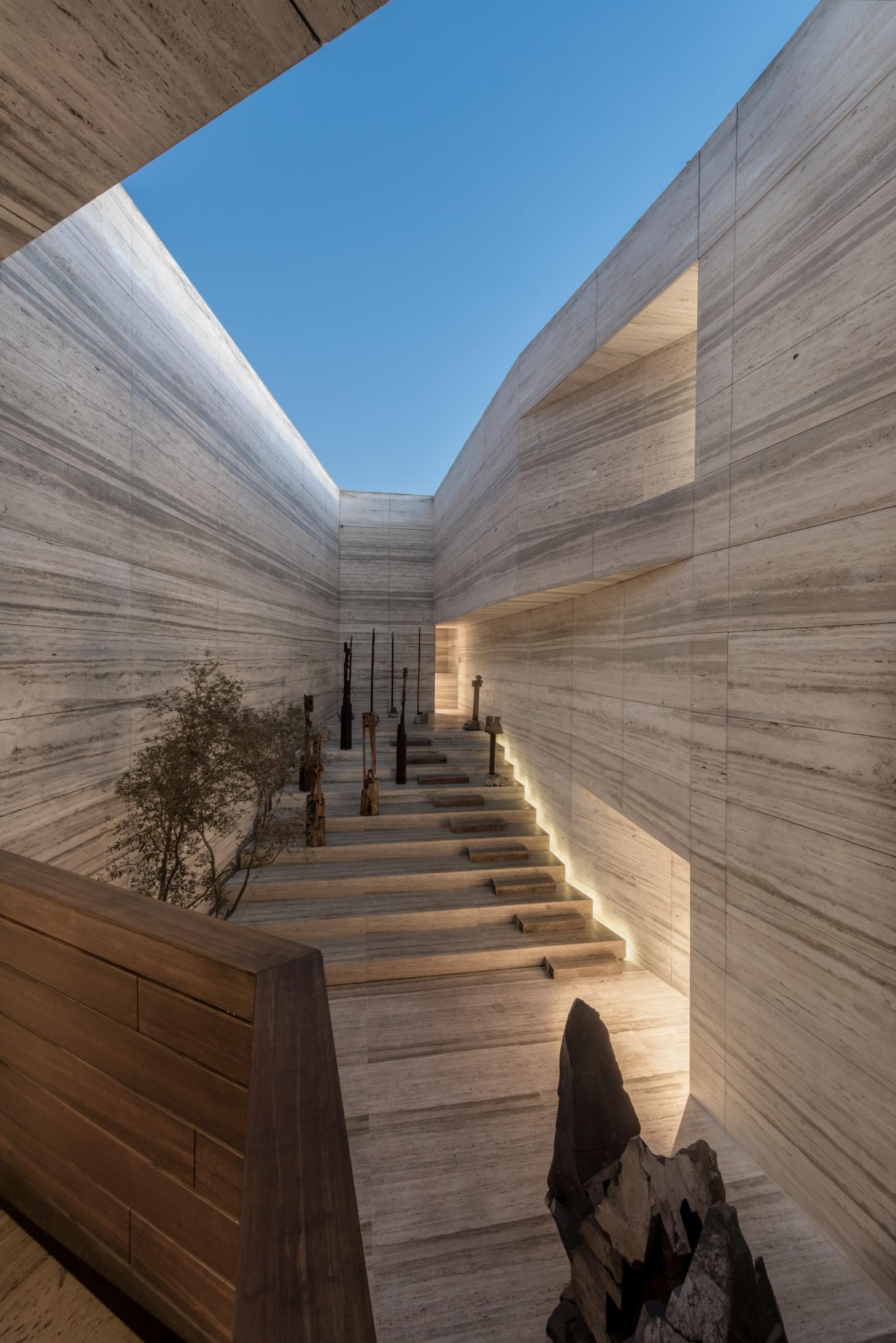
Taking the quarry as the starting point for the design, Esrawe sculpted an imposing façade that echoes the monolithic nature of a rock face. A small entrance exacerbates the dramatic scale further still, yet inside visitors are confronted by a welcoming space that feels more like a museum lobby than that of a retail space. Creative displays and subtle way-finding guide people towards a Design Center, cafe, and a multipurpose events space.
Architecturally and conceptually, creativity sits side by side with industry. In addition to this cultural building, a second separate volume performs as a ‘functional container’ for a storage warehouse and distribution centre. The warehouse is equipped to help users discover materials through QR codes that with a simple scam provide the description and costs of selected materials – which also feeds into a database of previous purchases, trends and purchasing behaviour. Meanwhile, a huge opening overlooking the surrounding forest, always reminds professionals of the origins of the materials they are browsing.

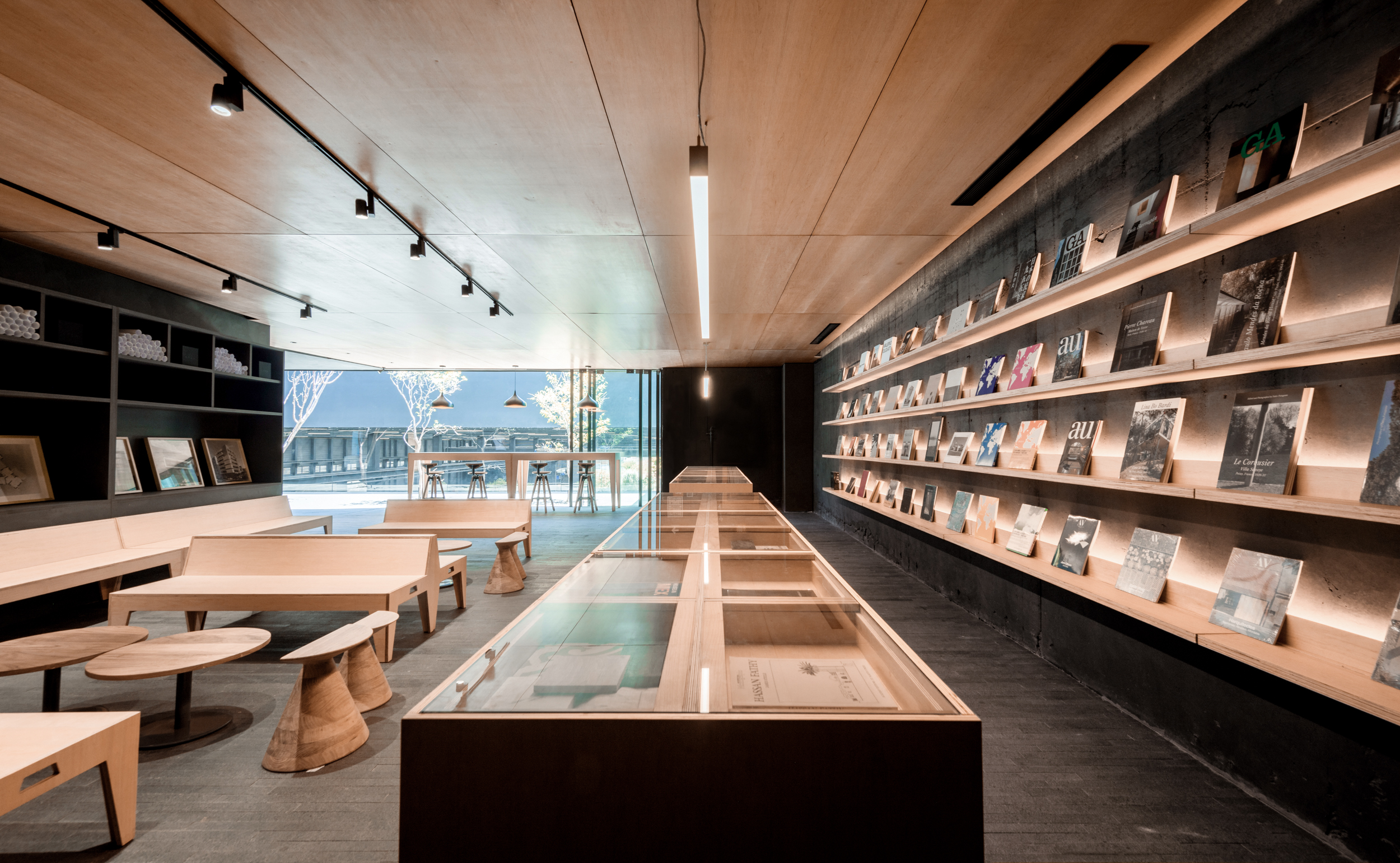
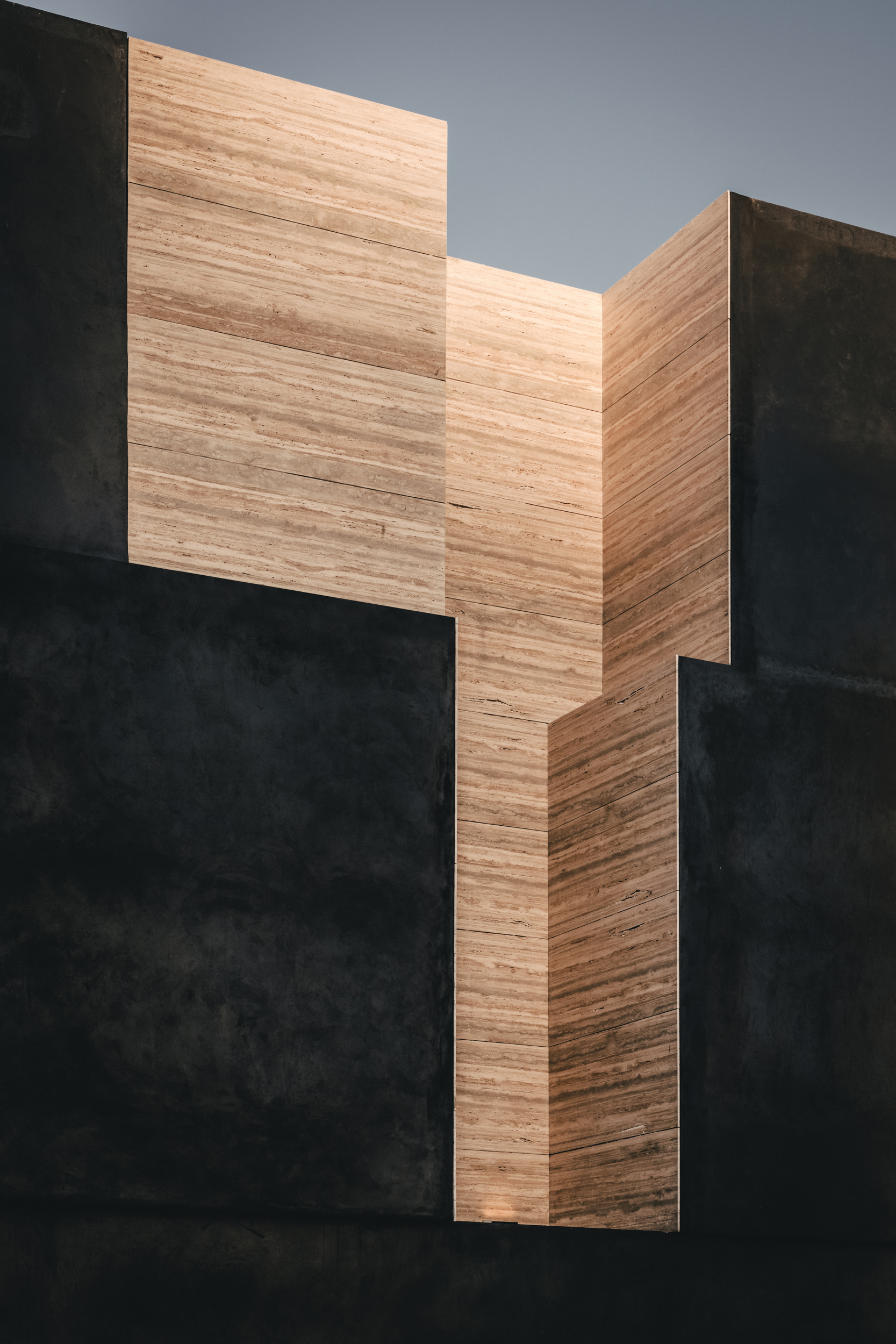
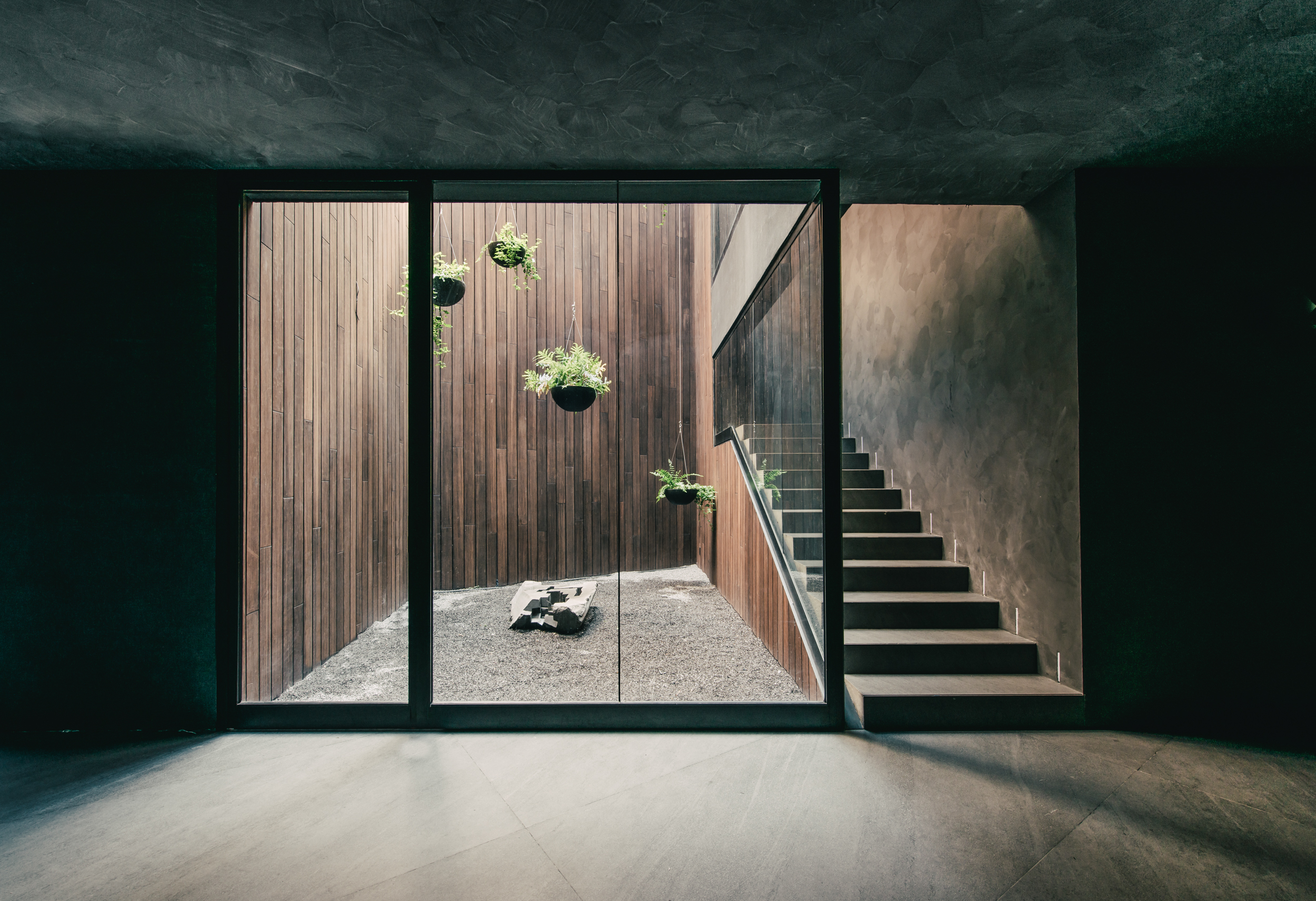
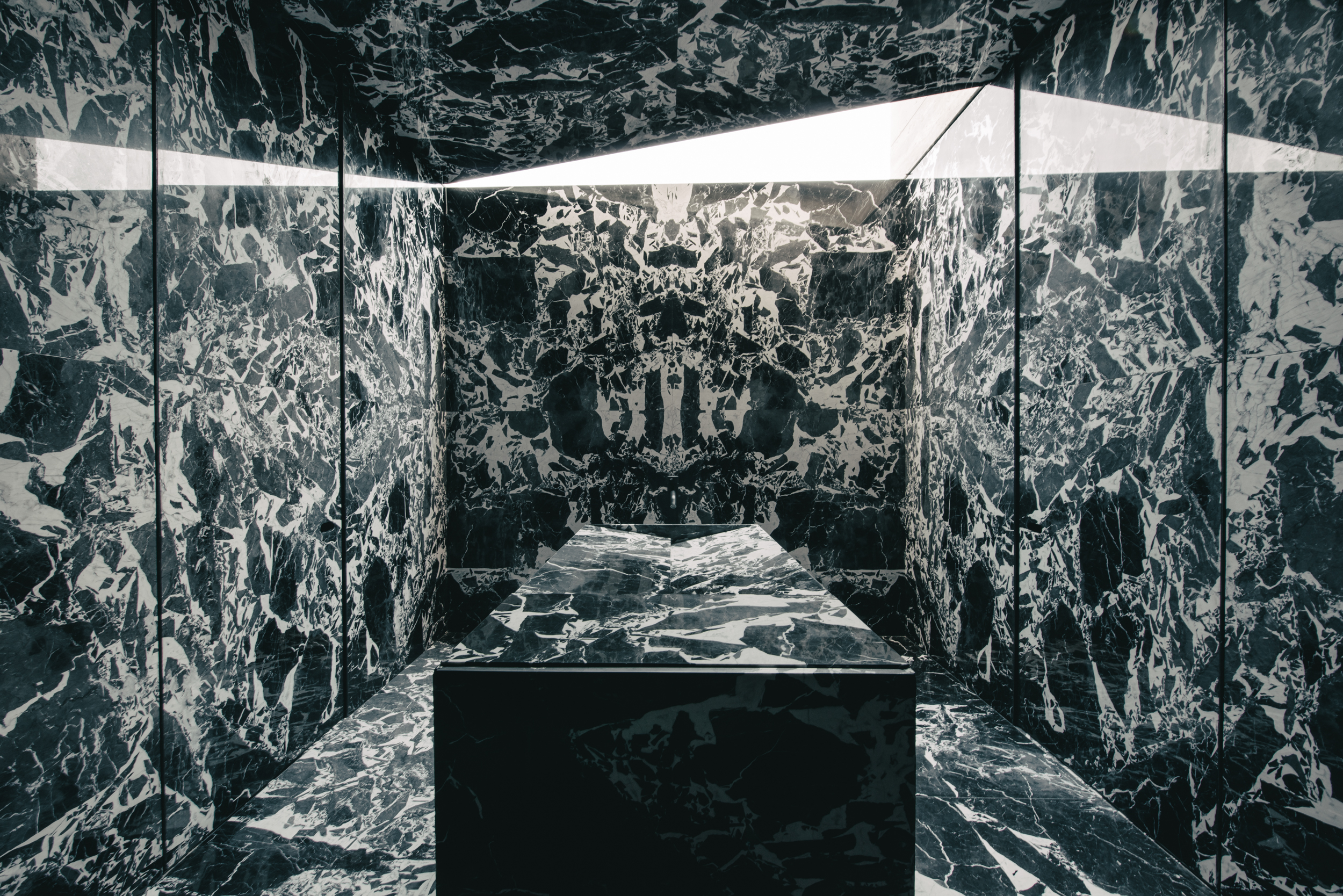
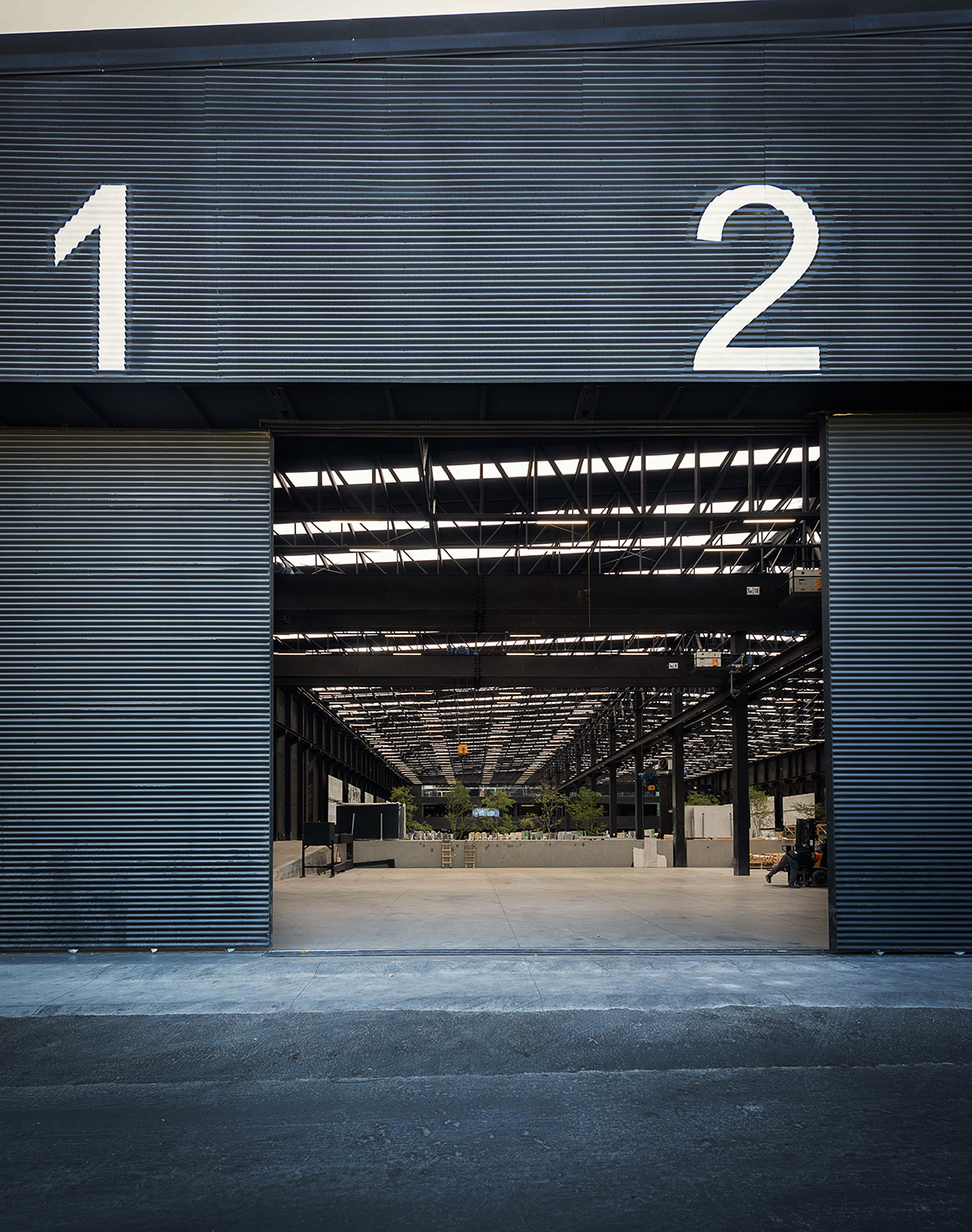

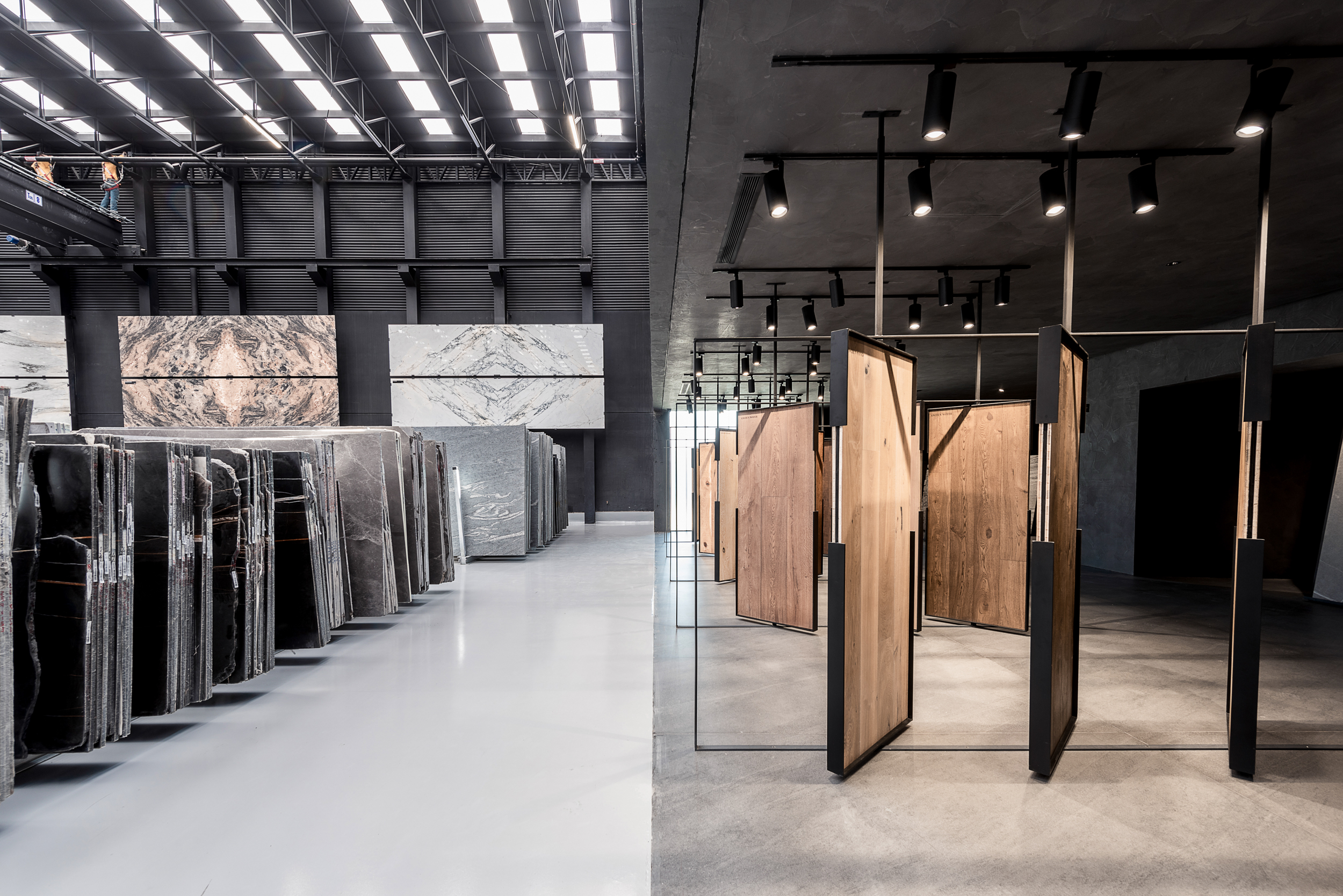
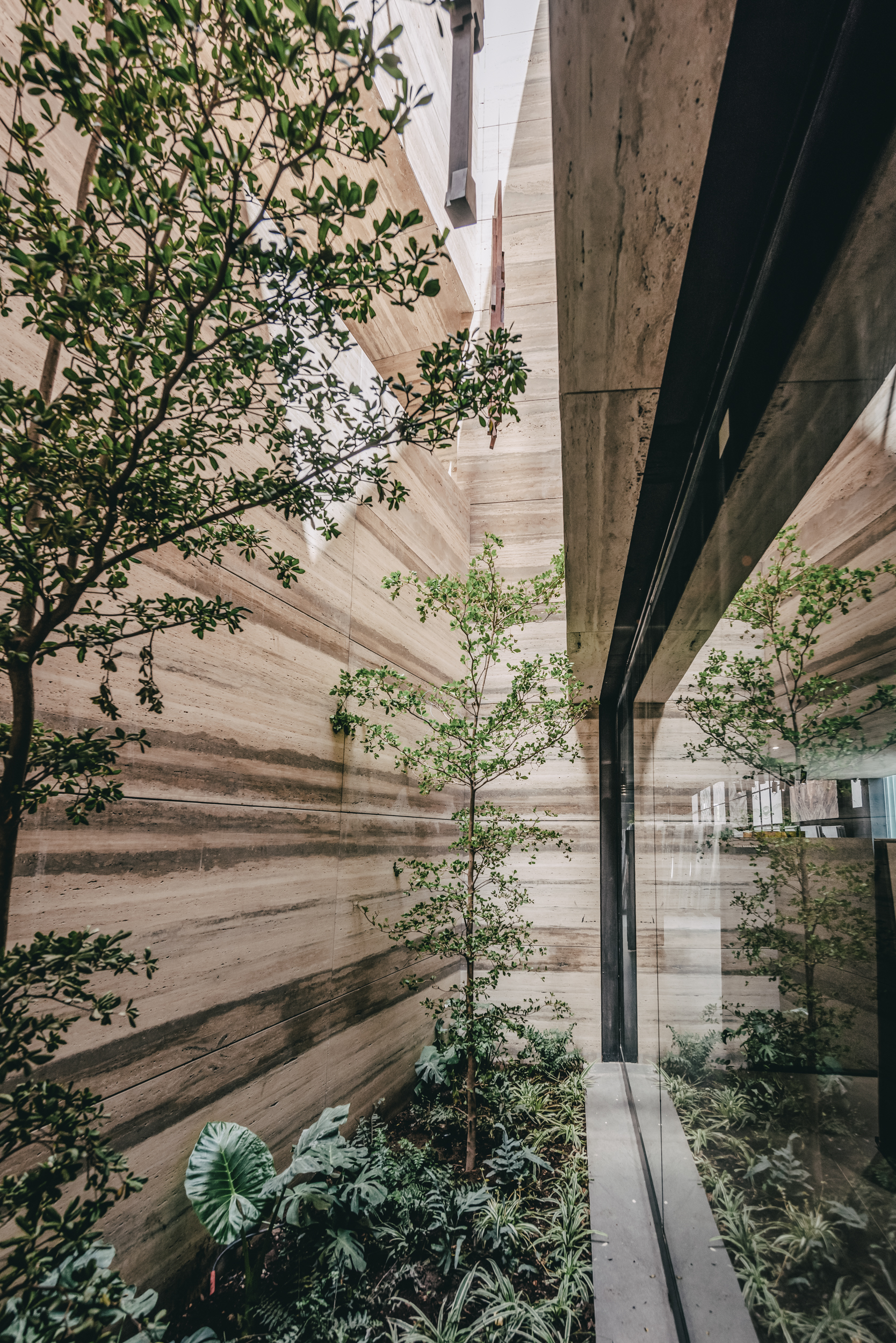
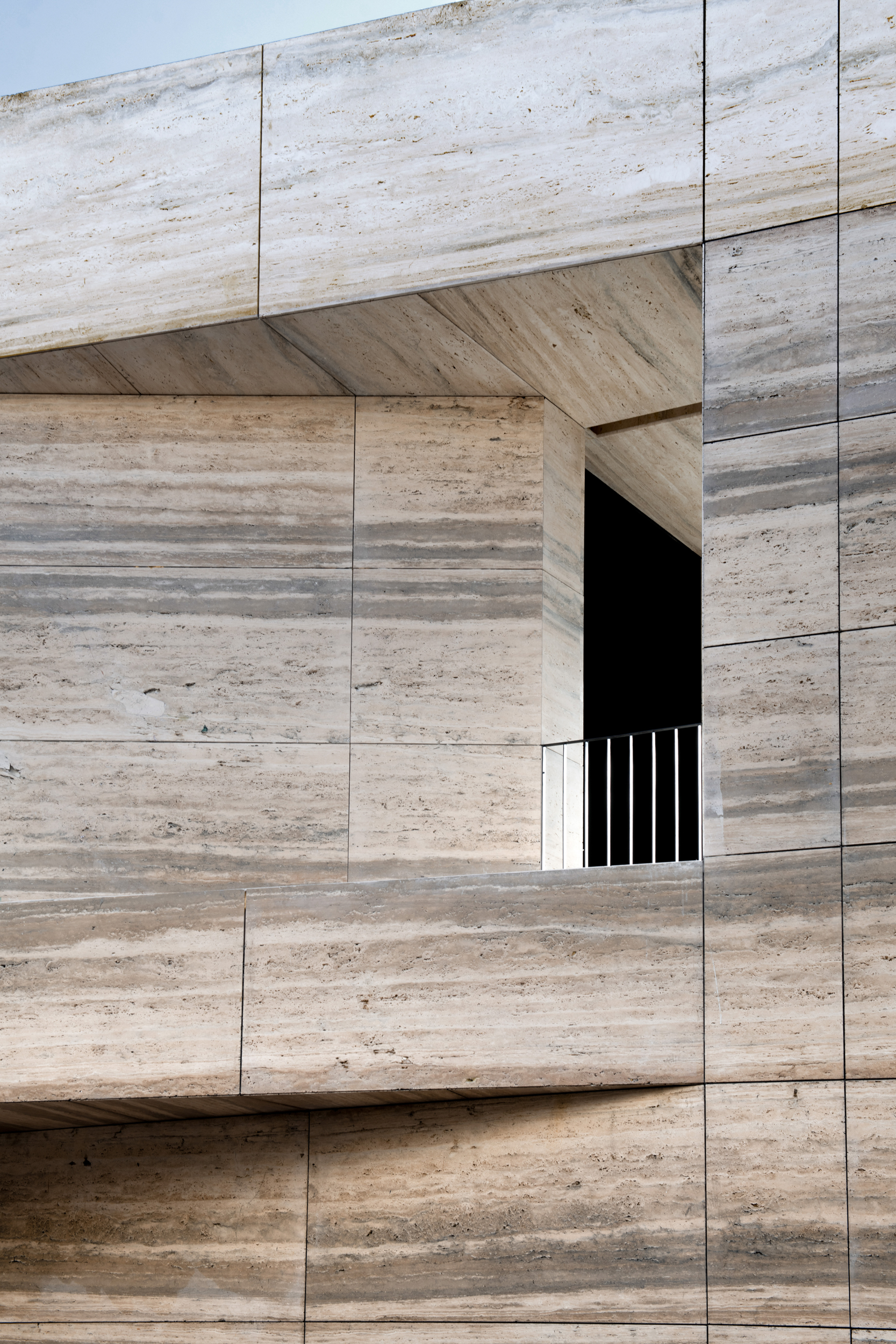
INFORMATION
For more information, visit the Esrawe Studio website
Receive our daily digest of inspiration, escapism and design stories from around the world direct to your inbox.
Harriet Thorpe is a writer, journalist and editor covering architecture, design and culture, with particular interest in sustainability, 20th-century architecture and community. After studying History of Art at the School of Oriental and African Studies (SOAS) and Journalism at City University in London, she developed her interest in architecture working at Wallpaper* magazine and today contributes to Wallpaper*, The World of Interiors and Icon magazine, amongst other titles. She is author of The Sustainable City (2022, Hoxton Mini Press), a book about sustainable architecture in London, and the Modern Cambridge Map (2023, Blue Crow Media), a map of 20th-century architecture in Cambridge, the city where she grew up.
-
 At last: a London hotel that’s great for groups and extended stays
At last: a London hotel that’s great for groups and extended staysThe July London Victoria, a new aparthotel concept just steps away from one of the city's busiest rail stations, is perfect for weekends and long-term visits alike
-
 Three new smartwatches showcase new frontiers in affordable timepiece design
Three new smartwatches showcase new frontiers in affordable timepiece designLong may you run: smartwatches from Withit, Kospet and OnePlus favour function and value above all else, demonstrating just how much the smartwatch has evolved in recent years
-
 Debuts, dandies, Demi Moore: 25 fashion moments that defined 2025 in style
Debuts, dandies, Demi Moore: 25 fashion moments that defined 2025 in style2025 was a watershed year in fashion. As selected by the Wallpaper* style team, here are the 25 moments that defined the zeitgeist
-
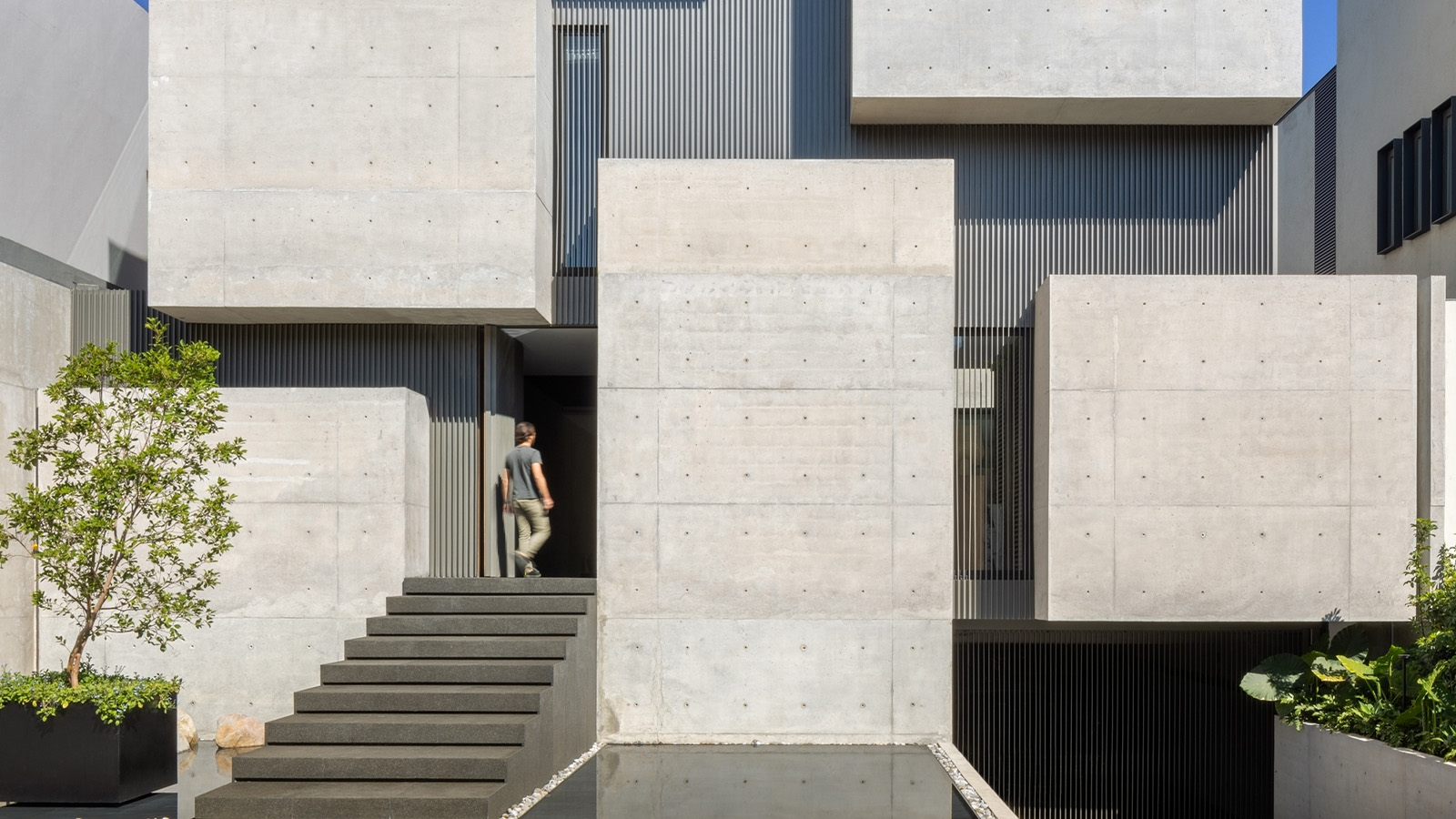 A cubist house rises in Mexico City, its concrete volumes providing a bold urban refuge
A cubist house rises in Mexico City, its concrete volumes providing a bold urban refugeCasa Ailes, a cubist house by Jaime Guzmán Creative Group, is rich in architectural expression that mimics the dramatic and inviting nature of a museum
-
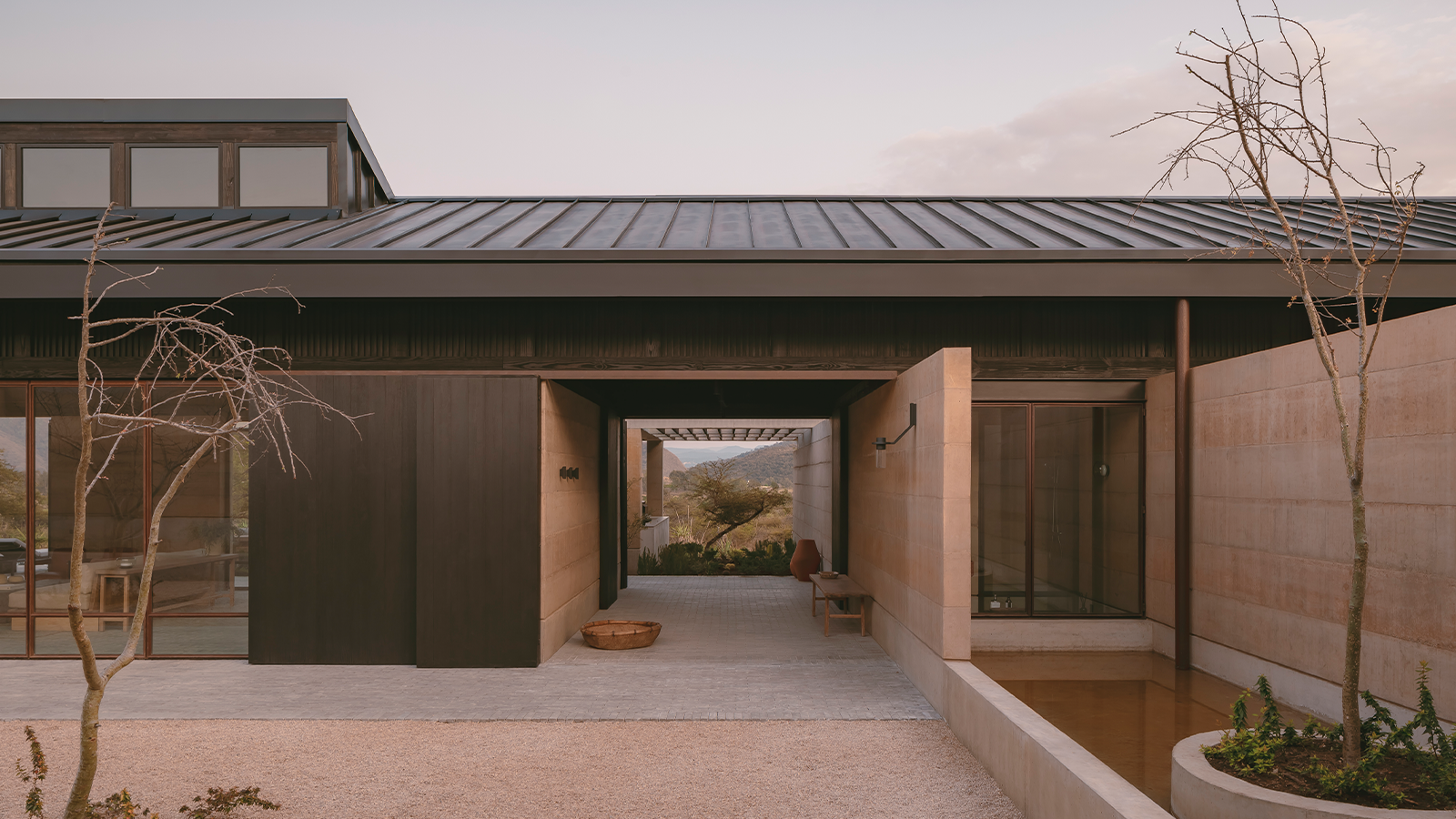 Serenity radiates through this Mexican home, set between two ravines
Serenity radiates through this Mexican home, set between two ravinesOn the cusp of a lakeside town, Mexican home Casa el Espino is a single-storey residence by Soler Orozco Arquitectos (SOA)
-
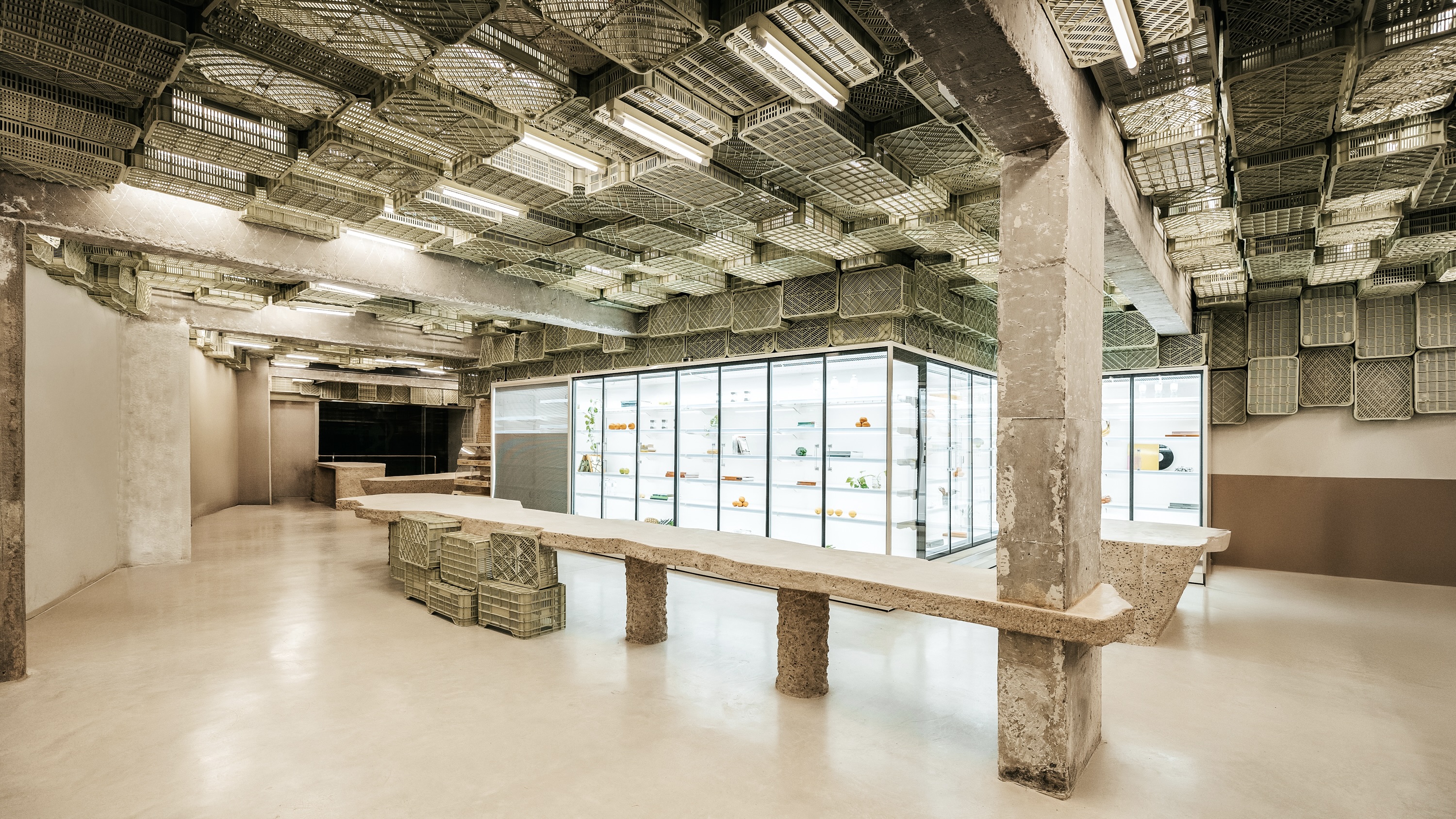 Spice up the weekly shop at Mallorca’s brutalist supermarket
Spice up the weekly shop at Mallorca’s brutalist supermarketIn this brutalist supermarket, through the use of raw concrete, monolithic forms and modular elements, designer Minimal Studio hints at a critique of consumer culture
-
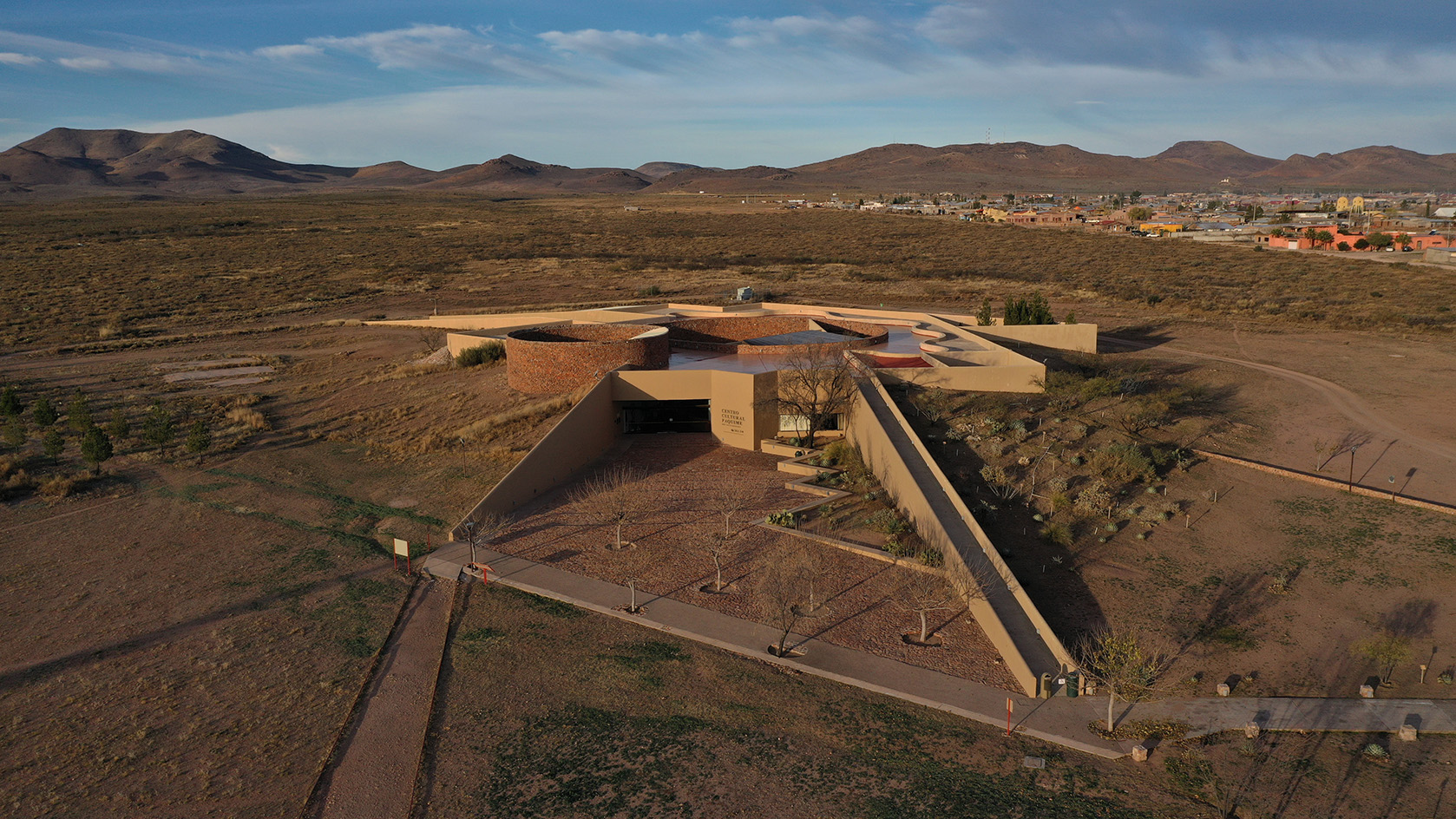 Mexican landscape architect Mario Schjetnan's Grupo de Diseño wins 2025 Oberlander Prize
Mexican landscape architect Mario Schjetnan's Grupo de Diseño wins 2025 Oberlander PrizeThe 2025 Oberlander Prize goes to Mexican landscape architect Mario Schjetnan and his studio, Grupo de Diseño, highlighting the creative's motto: 'We have a human right to open space'
-
 The Architecture Edit: Wallpaper’s houses of the month
The Architecture Edit: Wallpaper’s houses of the monthThis September, Wallpaper highlighted a striking mix of architecture – from iconic modernist homes newly up for sale to the dramatic transformation of a crumbling Scottish cottage. These are the projects that caught our eye
-
 A Mexican clifftop retreat offers both drama, and a sense of place
A Mexican clifftop retreat offers both drama, and a sense of placeCasa Piscina del cielo, a clifftop retreat by Zozaya Arquitectos, creates the perfect blend of drama and cosiness on Mexico's Pacific Coast
-
 Broken up into six pavilions, this brutalist Mexican house is embedded in the landscape
Broken up into six pavilions, this brutalist Mexican house is embedded in the landscapeSordo Madaleno’s brutalist Mexican house, Rancho del Bosque, is divided up into a series of pavilions to preserve the character of its hillside site, combining concrete, curves and far-reaching views
-
 The Architecture Edit: Wallpaper’s houses of the month
The Architecture Edit: Wallpaper’s houses of the monthWallpaper* has spotlighted an array of remarkable architecture in the past month – from a pink desert home to structures that appears to float above the ground. These are the houses and buildings that most captured our attention in August 2025